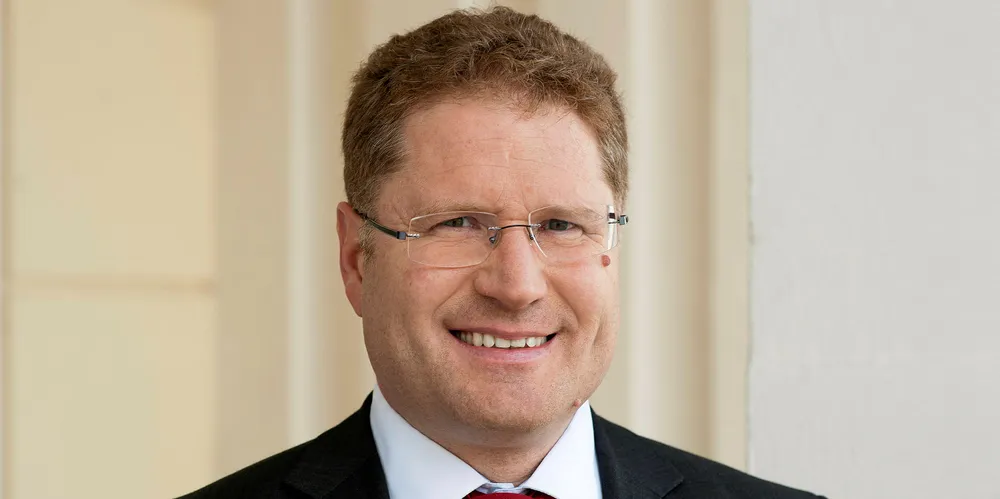German climate goal in reach as CO2 price helps green power surge
Renewable power in 2019 met 42.6% of the country’s needs while fossil sources were pushed out of the market

Renewable power in 2019 met 42.6% of the country’s needs while fossil sources were pushed out of the market
